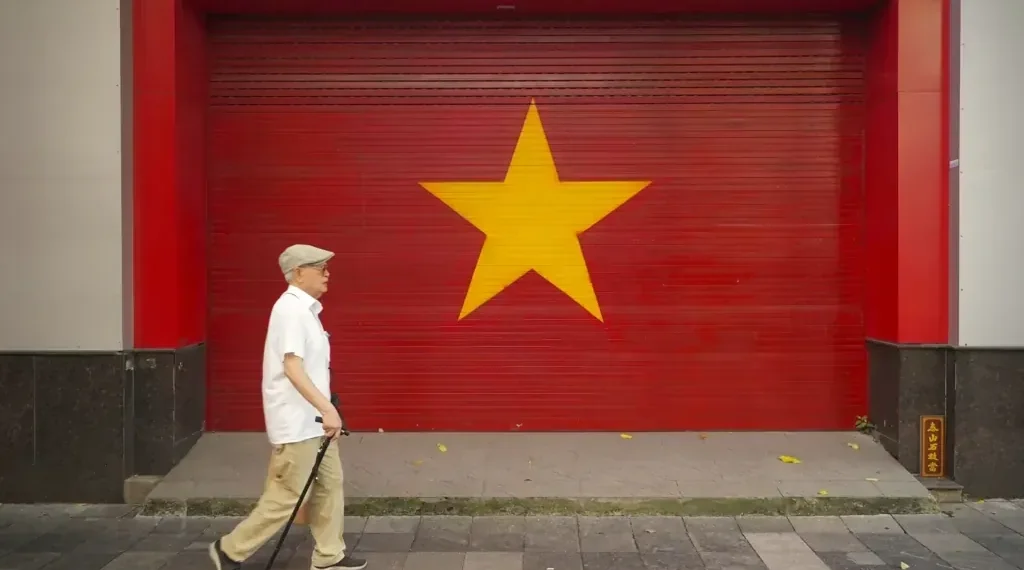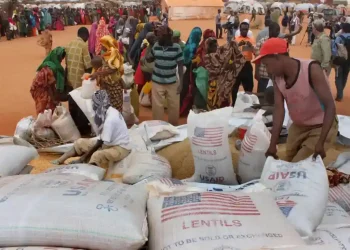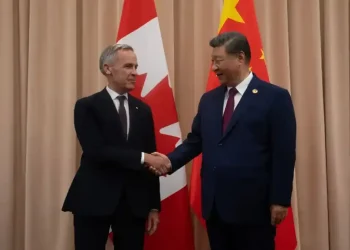Vietnam Targets Tiger Economy Status with Sweeping Reforms for 2045 Prosperity
Published Time: 08-13-2025, 15:45
Vietnam has set its sights on joining the ranks of Asia’s economic “tigers” by 2045, unveiling one of its most ambitious reform agendas in decades. Speaking in Hanoi late last year beneath red banners and a gold bust of revolutionary leader Ho Chi Minh, Communist Party chief To Lam declared “a new era of development,” signaling a transformative shift in economic policy.
The roadmap outlines a bold transition from a low-cost manufacturing hub to a diversified, innovation-driven economy, with a strong emphasis on private enterprise, green energy, and technological advancement. But the journey ahead is complex, shaped by climate threats, demographic shifts, and global trade pressures.
From Poverty to Middle-Income Success
In 1990, the average Vietnamese citizen could afford goods and services worth about $1,200 annually, adjusted for local prices. By 2024, that figure had grown more than thirteenfold to $16,385. This remarkable growth was fueled by export-led manufacturing, modern infrastructure, and a rising middle class, echoing China’s economic trajectory.
Yet Vietnam’s low-cost advantage is fading. Wages are rising, the export boom is slowing, and the government is aware of the so-called “middle-income trap,” where economies plateau without major structural reforms.
Trade Pressures and the U.S. Connection
The U.S. is now Vietnam’s largest export market, a relationship strengthened by trade tensions between Washington and Beijing. In 2024, Vietnam posted a $123.5 billion trade surplus with the U.S., prompting former President Donald Trump to threaten steep import tariffs — as high as 46% — on Vietnamese goods.
Negotiations eventually yielded a 20% levy, with double that rate for goods suspected of being transshipped to bypass U.S. restrictions. Daniel Kritenbrink, former U.S. ambassador to Vietnam, said Vietnam’s priority was ensuring its tariffs remained comparable to regional competitors. However, questions remain over how much Chinese content in exports will be permissible without triggering additional duties.
Lessons from Other Asian Tigers
Countries like South Korea, Taiwan, and Singapore each built global competitiveness by betting heavily on one or two strategic sectors — electronics, semiconductors, and finance, respectively. Vietnam, however, has a more diversified economy and cannot rely on a single industry to sustain growth.
“We need multiple big bets,” said Richard McClellan, founder of RMAC Advisory, noting that Vietnam’s competitiveness will hinge on its ability to foster innovation across several sectors.
High-Tech, Infrastructure, and Financial Hubs
Following China’s example, Vietnam is targeting high-tech sectors such as semiconductor manufacturing, artificial intelligence, and renewable energy. Strategic tax incentives and research support are being directed to innovation hubs in Hanoi, Ho Chi Minh City, and Danang.
The country is also investing in major infrastructure projects, including a $67 billion North–South high-speed railway that would cut travel time between Hanoi and Ho Chi Minh City to eight hours, and plans for civilian nuclear energy facilities.
To attract global investors, the government is developing special financial centers in Ho Chi Minh City and Danang. These hubs will offer streamlined regulations, tax breaks, fintech support, and faster dispute resolution mechanisms.
Empowering the Private Sector
In May, the Communist Party passed Resolution 68, a landmark policy naming private businesses the “most important force” in the economy. The goal is to reduce reliance on state-owned enterprises (SOEs) and foreign firms, and instead cultivate domestic champions capable of competing globally.
Historically, SOEs have dominated Vietnam’s economy, leaving local companies at the lower end of supply chains with limited access to financing and markets. The new approach includes easier credit for tech-focused companies, preferential treatment in government contracts, and support for overseas expansion.
By 2030, Vietnam aims to have at least 20 globally competitive private firms. However, analysts like Nguyen Khac Giang of the ISEAS–Yusof Ishak Institute warn of resistance from entrenched interests within the political and business establishment.
Climate Change: An Urgent Challenge
Vietnam’s economic aspirations face a narrowing window due to climate change. The World Bank estimates that without decisive adaptation and mitigation measures, the country could lose 12–14.5% of GDP annually by 2050, and up to one million people could fall into extreme poverty by 2030.
When Typhoon Yagi struck last year, it caused $1.6 billion in damage and disrupted factories producing nearly half of the nation’s output. Yet flood-protected industrial parks, like those run by DEEP C Industrial Zones, remained operational — proof, says CEO Bruno Jaspaert, that resilience investments pay off.
“Climate risk is becoming a form of market regulation,” Jaspaert said. “If the world decides it’s a priority, change can happen quickly.”
Aging Before Growing Rich
Demographics present another looming challenge. Vietnam’s “golden population” period — when working-age citizens outnumber dependents — will end by 2039. The labor force is projected to peak three years later, threatening productivity and increasing pressure on social services.
Experts suggest raising the retirement age, improving preventive healthcare, and increasing female workforce participation to offset labor shortages. “Healthy aging is key to sustaining economic growth,” said Teerawichitchainan Bussarawan of the Centre for Family and Population Research at the National University of Singapore.
The Road Ahead
Vietnam’s reform blueprint blends ambition with pragmatism: fostering high-tech industries, empowering private enterprise, modernizing infrastructure, and preparing for climate and demographic shifts. Success will depend on political will, sustained investment, and the ability to adapt quickly in a changing global economy.
This article was rewritten by JournosNews.com based on verified reporting from trusted sources. The content has been independently reviewed, fact-checked, and edited for accuracy, neutrality, tone, and global readability in accordance with Google News and AdSense standards.
All opinions, quotes, or statements from contributors, experts, or sourced organizations do not necessarily reflect the views of JournosNews.com. JournosNews.com maintains full editorial independence from any external funders, sponsors, or organizations.
Stay informed with JournosNews.com — your trusted source for verified global reporting and in-depth analysis. Follow us on Google News, BlueSky, and X for real-time updates.














